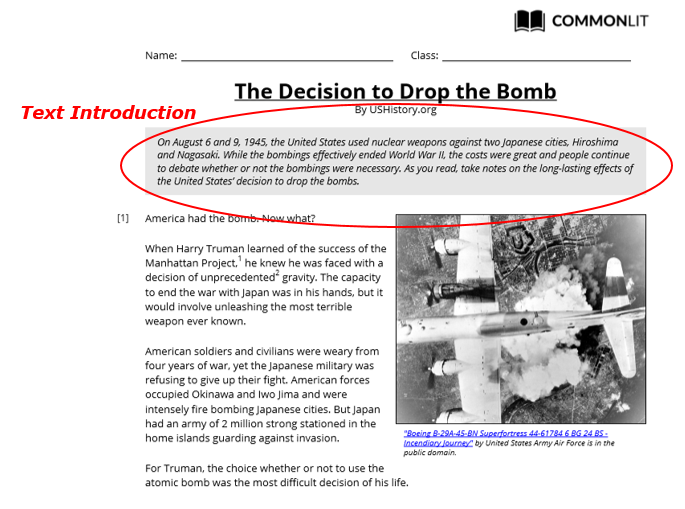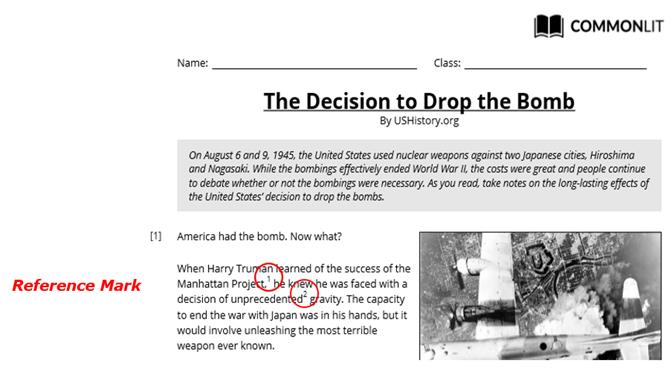Informational Texts
*Download the attached pdf to take notes during the lesson.

READING FOR THE STATE ASSESSMENT
On the end of year assessment for English Language Arts, you will be asked to read several different passages and answer questions based on those passages. The following units will review some of types of texts you will be asked to read and some of the types of questions you will be asked to answer.
Informational Texts
*Download the attached pdf to take notes during the lesson. 
Nonfiction writing is factual writing about real people, places, events, ideas, and things.
Informational text is a type of nonfiction writing, written with the purpose of informing the reader about a specific topic. It is usually found in newspaper articles, magazines, and science or history books.
They are often written using special text features that allow the reader to easily find key information and understand the main topic. The author will do this by providing headers over certain sections, by placing important vocabulary in bold type, and by using visual representations with captions.
In an informational text, the author will develop a central idea. The central idea is the most important point or points that the author wants to convey about a topic. The author develops the central idea with supporting details such as facts, reasons, examples, statistics, and quotations.
For more on finding the Central (main) Idea of a passage, click on the link below.
Before looking at any of the questions, associated with the text, it is important to read the passage.

Sometimes a passage will include a text introduction. The text introduction is a short piece of text that provides the reader the with background information needed to understand the passage. It is essential to read the text introduction because it will provide context for the rest of the passage- the reader will not be able to understand the passage fully without reading it.

Most of the passages will include reference marks with corresponding footnotes. A reference mark tells the reader that there is a footnote at the bottom of the page. When the reader sees a reference mark, he or she should find the corresponding footnote. The reference mark always comes AFTER the word or phrase it is referencing. For example, in the above passage the reference mark “1” proceeds “Manhattan Project.” The reader should look for the footnote at the bottom of the page with the number “1” before it.

A footnote is a note at the bottom of a page in a text which provides more detailed information about something that is mentioned on that page. Just like the text introduction, it is essential to read the footnotes because they will provide context for the passage- the reader will not be able to understand the passage fully without reading them.
Let look at the example from above. In the above passage the reference mark “1” proceeds “Manhattan Project.” The reader should look for the footnote at the bottom of the page with the number “1” before it. This footnote reads “The code name for the United States’ efforts to develop atomic bombs during World War II (USHistory.org 1).” Without reading the footnote, the reader would not understand what the Manhattan Project was and how it related to the rest of the passage.
Now that you understand how to approach a passage, read the following Informational Article: The Decision to Drop the Bomb
Once you have read the passage (along with the introduction and footnotes) you can begin to answer the corresponding questions.
REMEMBER: The central idea is the most important point or points that the author wants to convey about a topic. The author develops the central idea with supporting details such as facts, reasons, examples, statistics, and quotations.
A synonym is a word or phrase that means exactly or nearly the same as another word or phrase. Context clues are hints that an author gives to help define a difficult or unusual word. The clue may appear within the same sentence as the word to which it refers, or it may appear somewhere else in the passage.
For more on using Context Clues, click on the link below.
Click here for more practice reading and answering questions based on Informational Texts.